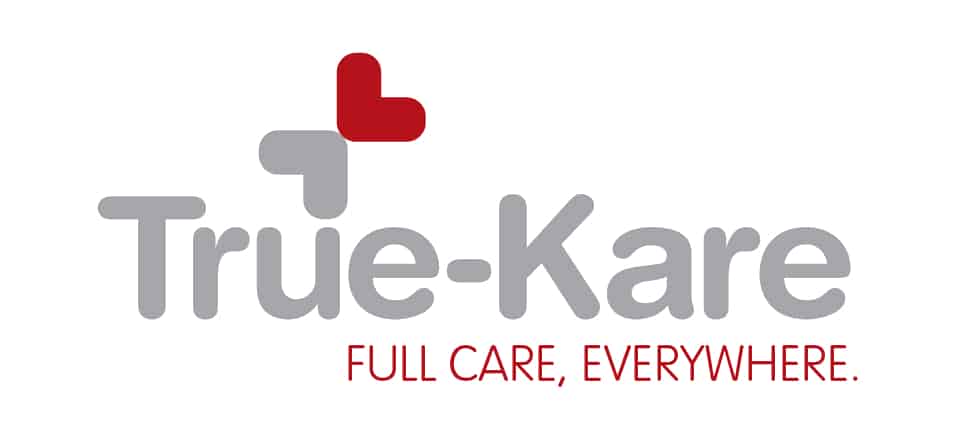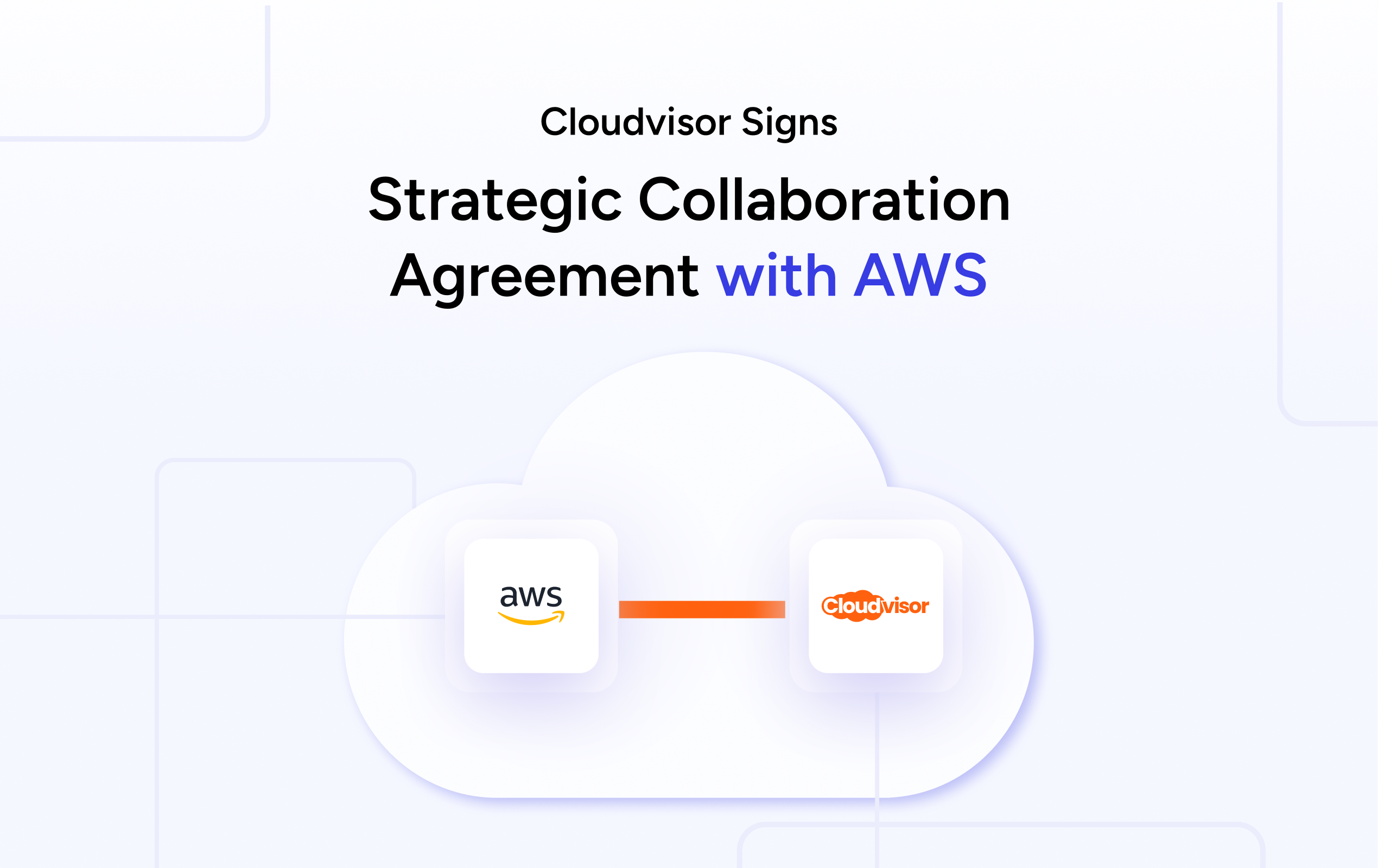AWS Data Engineering Services
From ingest to dashboards, we set up sturdy pipelines on AWS. Sources flow into S3, jobs shape the data, and queries stay fast. We handle ETL/ELT, real-time feeds, dbt models, Airflow schedules, and the watchlists that keep bills and SLAs in check.
- Solves your data problems
- Guidance and implementation
Data Engineering on AWS: What & Why
Data engineering on AWS means building the pipes that collect, clean, and shape data so teams can trust every chart and metric. We map sources, land raw data in S3, model it for analysts, and serve it fast in Redshift or Athena. Real-time feeds stay stable, nightly jobs stay predictable, and costs stay visible.
The payoff: quicker answers, fewer manual fixes, and a stack your team can actually run.
Focus areas
Batch & streaming pipelines:
We ingest from apps, databases, and events, then move data through Kinesis or MSK and scheduled jobs into S3 and warehouses. Fresh, replayable streams and reliable nightly loads keep dashboards current.
Lake / lakehouse on S3:
Open formats on S3 (Parquet, Iceberg) give cheap storage, time travel, and tidy partitions. Query with Athena or serve curated layers to Redshift for speed, governance, and simpler access policies.
Warehouse with Redshift:
Redshift powers fast SQL for BI and product analytics. We design schemas, sort/dist keys, and workload management so teams get consistent query times and predictable spend as usage grows.
Orchestration & modeling (Airflow + dbt):
Airflow schedules runs with clear dependencies and alerts. dbt turns business logic into versioned models and tests. Together they keep transformations transparent, reviewable, and easy to hand over.
Quality, monitoring, and cost control:
We add tests at sources and models, wire metrics to CloudWatch, and alert on drift or slowdowns. Storage stays compressed, scans stay tight, and unused resources switch off automatically.
Get the most of your Data with Cloudvisor
We understand that startups require a reliable and efficient data infrastructure to meet their demands. We want to provide the necessary solutions to optimize your data infrastructure, allowing you to focus on what matters most – growing your business.
The benefits of our service are:
- Solves your data infrastructure problems
- Guidance and implementation of data analysis automation and data visualization
- Guidance and implementation of ML pipelines and automation
- Done by Data and Cloud AWS-Experts
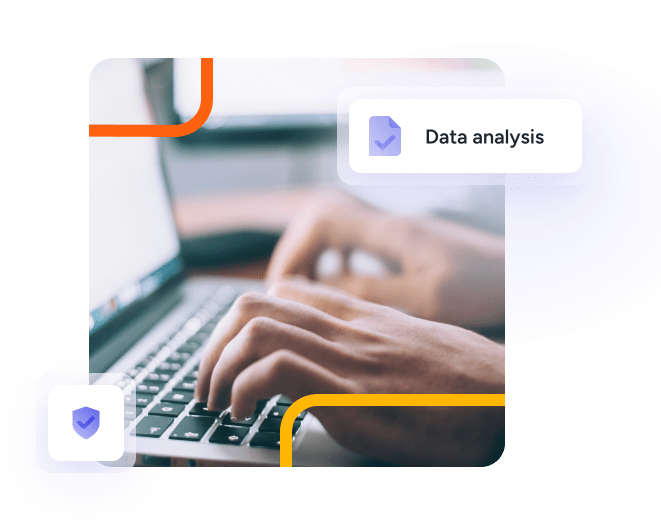
Subscription models for your data
improvement
We have designed different subscription plans according to your needs. You get billed on a monthly basis
with the option to switch plans whenever you need it.
Always Free
- 3% Discount on AWS Spend*
- Online consult with First Level AWS expert
- Questionnaire to define business needs
- Access to examples on how to build a data pipeline and Infrastructure as code
- Cost estimation document example
299€
Monthly plan
All the previous benefits, plus:
- Packed information about AWS Data Analytics services, Al, and ML
- Offline consultation based on the business needs through ticketing system
3999€
Monthly plan
All the previous benefits, plus:
- Solution Proposal Technical Diagrams
- Dedicated Slack Channel
8999€
Monthly plan
All the previous benefits, plus:
- Dedicated team of AWS Cloud Experts (Second Level AWS Experts)
50+ certifications in specialized areas of AWS
We take pride in our depth of knowledge and have worked hard to acquire a number of certifications in
specialized areas of AWS
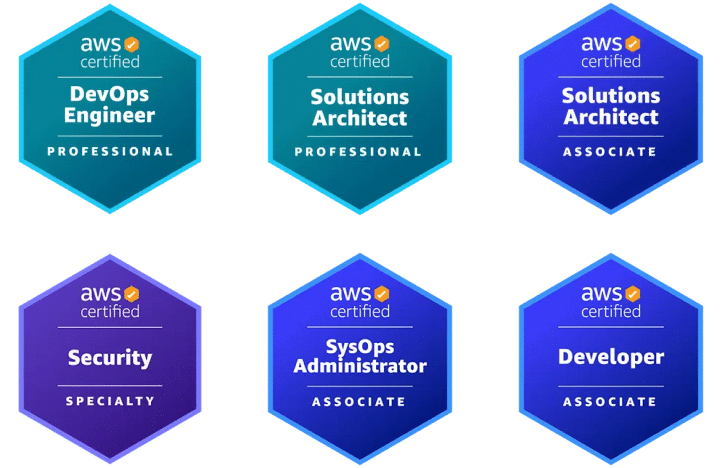
Don't just take our word for it
Here are few of the reviews of the clients we have served
Frequently asked questions
If you still have any questions, feel free to contact us and we will help you as best as we can.
Data engineering is the work of collecting, cleaning, and moving data so teams can trust what they see. On AWS, that usually means building pipelines into S3, a data warehouse such as Amazon Redshift, or a lakehouse. With well-built jobs and clear models, analysts and product teams get reliable metrics, faster experiments, and fewer ad-hoc fixes.
We plan and build pipelines, batch and real-time feeds, warehouses and lakehouses, and the monitoring around them. Typical tools include Amazon S3, Glue, Redshift, Athena, Lake Formation, MSK (Kafka), Kinesis, Step Functions, and orchestration with Airflow. We also set up dbt for modeling and testing so your business logic lives in version control and stays auditable.
Both work; the right choice depends on your tools, team skills, and cost profile. ETL transforms data before loading, which can cut storage but adds complexity in the pipeline. ELT lands raw data first (often in S3 or Redshift) and runs transforms inside the warehouse with dbt or SQL. We help you pick a path based on scale, latency needs, and controls.
A lake on S3 offers cheap storage and open formats (Parquet, Iceberg/Delta-style layouts). A warehouse such as Redshift gives fast SQL and simpler access control. A lakehouse blends both: open storage plus warehouse-like performance. We map your sources, query patterns, and budget, then choose a target that balances speed, flexibility, and governance.
For streams we commonly use Amazon Kinesis or MSK (managed Kafka) for ingestion, Glue or Flink/Spark for processing, and land curated views in Redshift or S3 for analytics. We add dead-letter queues, retries, and clear alerts so bad events don’t break dashboards. The goal is fresh data with strong backpressure handling and predictable costs.
We add tests and contracts at every step. Sources get schema checks; transforms include dbt tests for nulls, ranges, and referential rules; and pipelines ship metrics to CloudWatch or a data observability layer. When a field drifts or a job slows down, alerts fire with a clear owner and runbook, so fixes are fast and traceable.
Most builds center on S3, Glue, Redshift, Athena, Lake Formation, Step Functions, and CloudWatch. For streams, Kinesis and MSK are common. For modeling and orchestration, we favor dbt and Airflow. When open table formats are needed, we use Iceberg-style tables for reliable partitions and time travel. Choices are driven by your skills, scale, and roadmap.
Smaller builds (one to three sources into a warehouse with dbt models) often take four to eight weeks. Larger programs, multiple sources, streaming, lakehouse layers, and governance can run a quarter or more. Timeline drivers include data quality at the source, security reviews, the number of transforms, and how quickly we can test with real workloads.
We right-size clusters, use auto-suspend where possible, cache hot queries, and tune partitioning to avoid scanning the whole lake. Storage sits in compressed columnar formats; cold data moves to cheaper tiers. We add spend dashboards, daily checks, and clear owners. The result is predictable bills without surprise spikes from a single runaway job.
Everything starts with least-privilege IAM, encryption at rest and in transit, and network boundaries. Lake Formation helps manage fine-grained access; Redshift and Athena policies keep PII on a tight leash. We log access, add column masking where needed, and keep audit trails. If you have HIPAA, SOC 2, or GDPR needs, we align builds to those controls.













